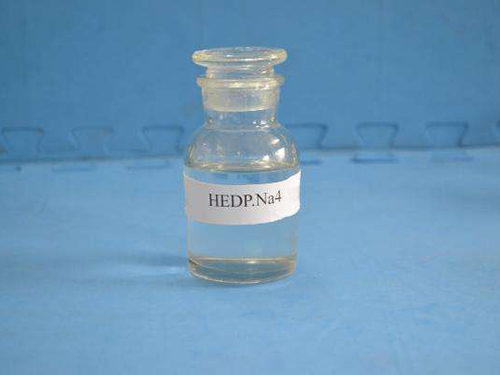ethylene diamine tetra methylene phosphonic acid
Ethylene Diamine Tetra (Methylene Phosphonic Acid) A Multifaceted Phosphonate Compound
Ethylene diamine tetra (methylene phosphonic acid), commonly abbreviated as EDTMPA, is a phosphonate compound belonging to a class of chemicals known for their chelating properties and ability to bind metal ions. This compound is characterized by its four methylene phosphonic acid groups attached to an ethylene diamine backbone, making it a versatile molecule with numerous applications in various fields, including water treatment, agriculture, and industrial processes.
Chemical Structure and Properties
The chemical formula for EDTMPA is C7H18N2O10P4, and its unique structure consists of two amino groups and four phosphonic acid groups. This configuration allows EDTMPA to exhibit strong chelating abilities, which enable it to effectively bind divalent and trivalent metal ions such as calcium, magnesium, and iron. The chelation process facilitates the solubilization of these metals, preventing precipitation and scale formation, particularly in aqueous solutions.
EDTMPA is known for its stability and solubility in water, making it an ideal candidate for various applications where effective metal ion sequestration is essential
. Its relatively low toxicity further enhances its appeal across numerous sectors.Applications
1. Water Treatment
One of the primary applications of EDTMPA is in water treatment processes. The compound is employed as a scale inhibitor and corrosion inhibitor in cooling water systems, boilers, and various industrial water processes. In these applications, EDTMPA helps to prevent the deposition of scale that can significantly reduce the efficiency of heat exchangers and other equipment. Additionally, by controlling the concentration of metal ions in water systems, EDTMPA helps maintain the integrity of piping and equipment, thereby extending their operational lifespan.
ethylene diamine tetra methylene phosphonic acid

2. Agriculture
In agriculture, EDTMPA serves as an important agent in enhancing nutrient availability. The chelating properties of EDTMPA allow it to bind essential micronutrients such as iron, manganese, and zinc, facilitating their uptake by plants. This is particularly beneficial in calcareous soils where micronutrient availability is often restricted due to precipitation. By applying EDTMPA in fertilizers, farmers can improve crop yield and quality, ensuring that plants receive the necessary nutrients for optimal growth.
3. Industrial Applications
EDTMPA is also widely used in various industrial processes. In the textile industry, for example, it is effective in the treatment of water used in dyeing and finishing processes, preventing the formation of metal hydroxides that can affect the color and quality of fabrics. In the oil and gas industry, EDTMPA is utilized to manage scale formation in extraction and processing operations, ensuring smooth operation and reducing maintenance costs.
4. Pharmaceuticals and Biotechnology
Moreover, EDTMPA's significance extends to the fields of pharmaceuticals and biotechnology. The compound's properties have been explored in drug formulation and delivery systems, as it can enhance the solubility and bioavailability of certain therapeutic agents. Additionally, EDTMPA can play a role in diagnostic applications, where it might be used to facilitate the detection of metal ions in biological samples.
Conclusion
Ethylene diamine tetra (methylene phosphonic acid) is a remarkable phosphonate compound with a wide range of applications across various industries. Its effective metal ion chelation properties make it an invaluable tool in water treatment, agriculture, and industrial processes, offering solutions to mitigate scale formation and improve nutrient availability in plants. With innovative research and development, the potential applications of EDTMPA may continue to expand, contributing to advancements in environmental protection, agricultural productivity, and industrial efficiency. As industries increasingly seek sustainable and effective solutions, compounds like EDTMPA will undoubtedly play a crucial role in shaping a greener and more efficient future.
-
Dodecyldimethylbenzylammonium Chloride: High-Purity DisinfectantNewsAug.30,2025
-
2-Phosphonobutane-1,2,4-Tricarboxylic Acid: Scale & CorrosionNewsAug.29,2025
-
Premium Isothiazolinones | Broad-Spectrum Biocidal SolutionsNewsAug.28,2025
-
LK-319 Special Scale And Corrosion Inhibitor For Steel Plants: Advanced Solutions for Industrial Water SystemsNewsAug.22,2025
-
Flocculant Water Treatment: Essential Chemical Solutions for Purification ProcessesNewsAug.22,2025
-
Isothiazolinones: Versatile Microbial Control Agents for Industrial and Consumer ApplicationsNewsAug.22,2025





